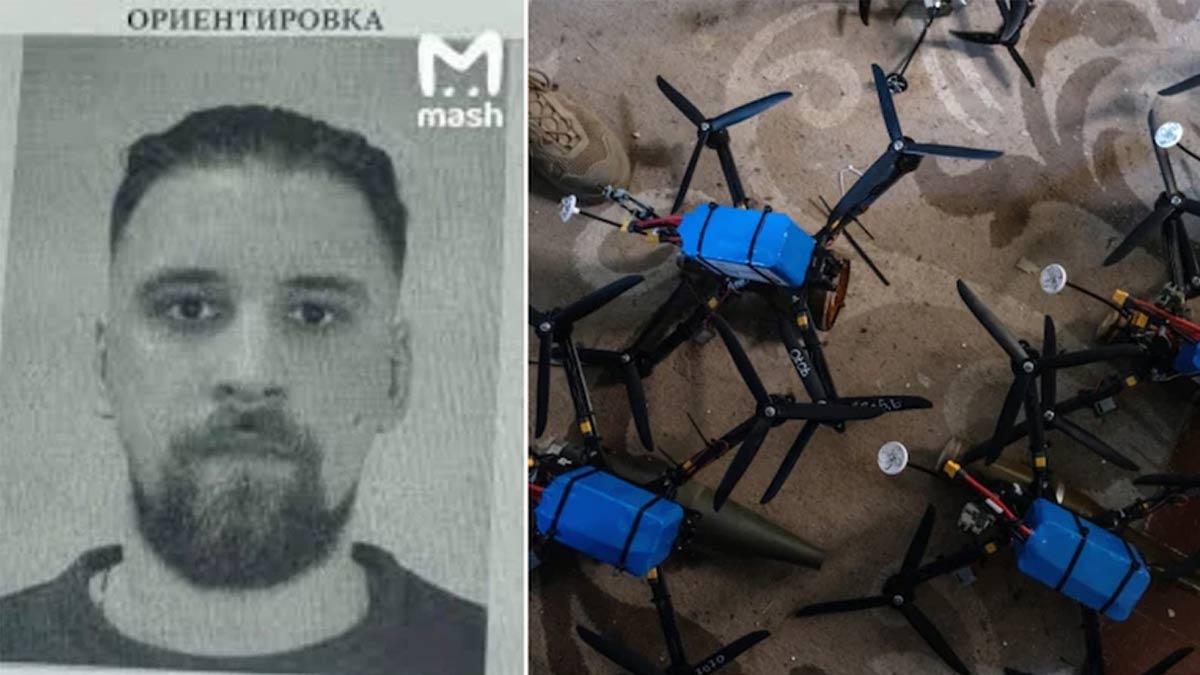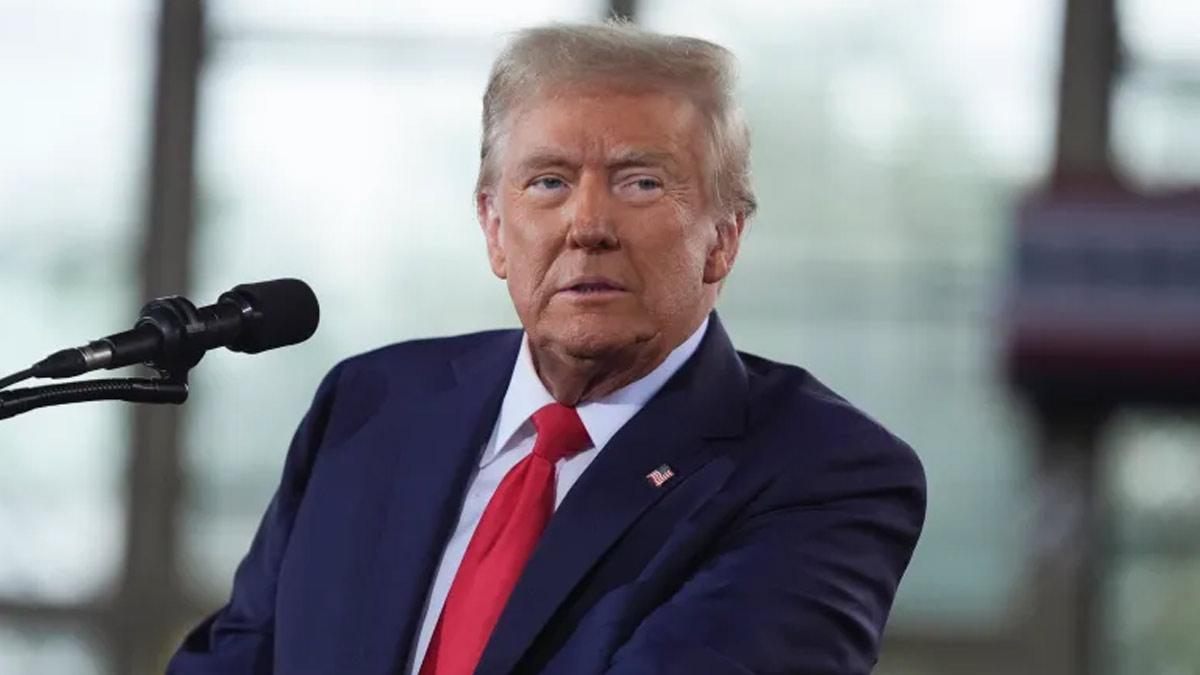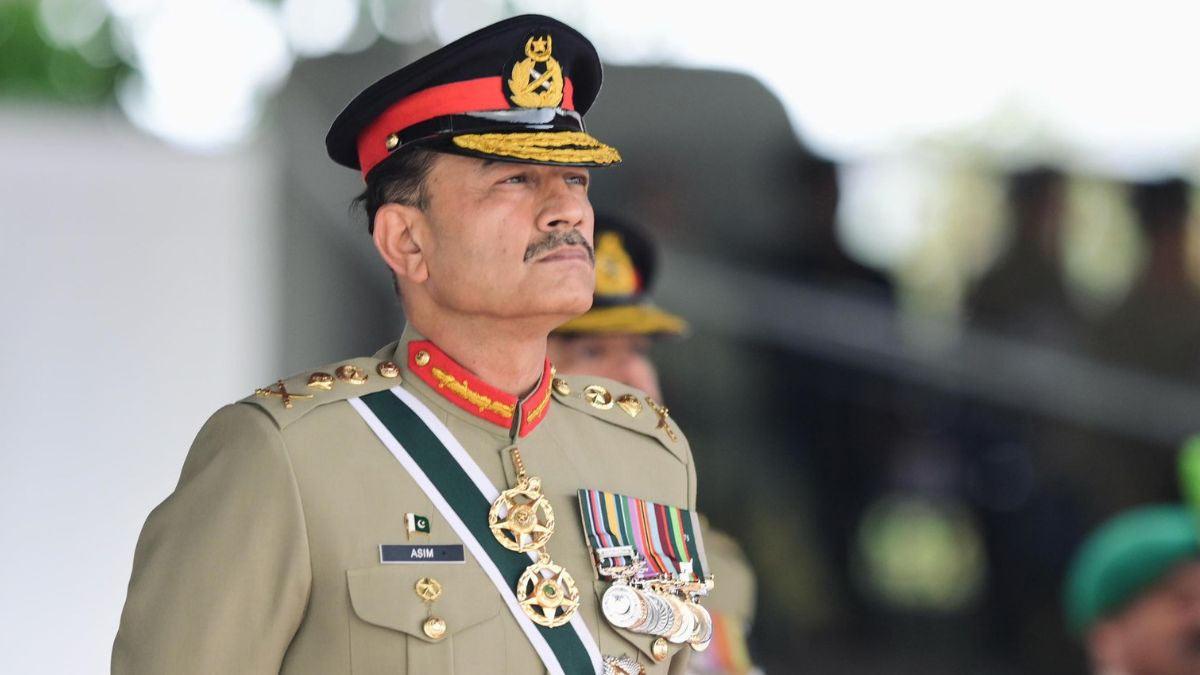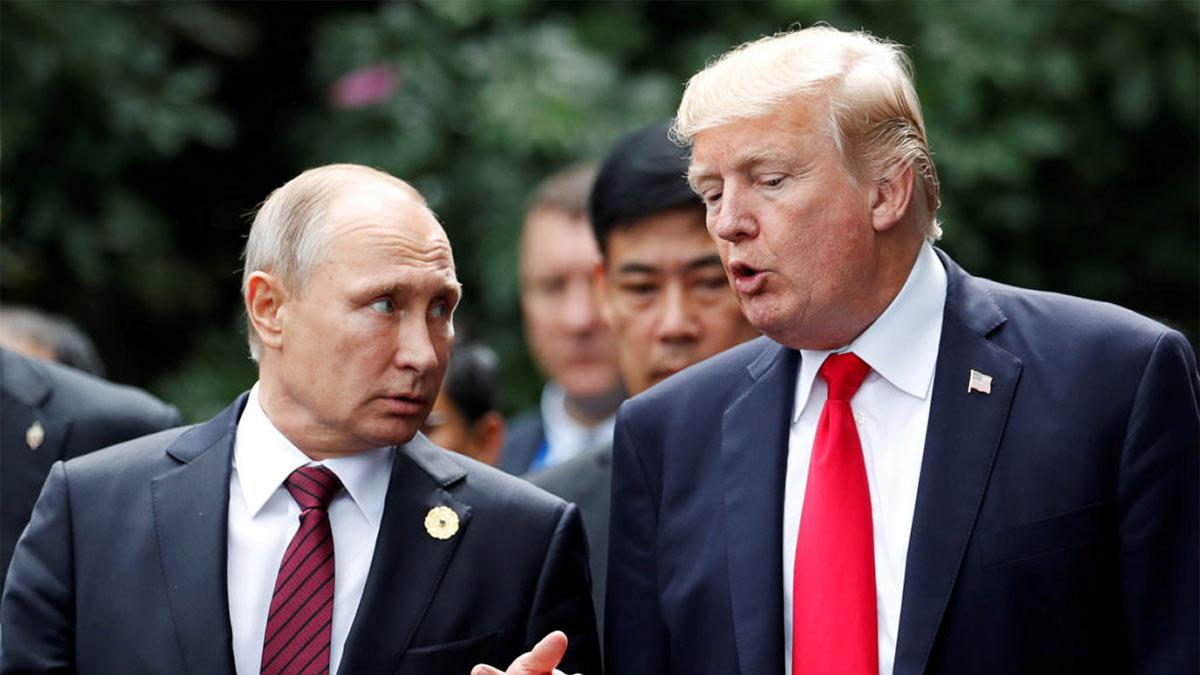Following Ukraine’s unprecedented drone assault on Russian territory, many are left wondering how Kyiv—often perceived as the underdog in its intense conflict with Moscow—managed to execute one of the most bold military strikes since the war began in 2022.
One name currently ringing out in circles of intelligence and Kremlin command posts is Artem Tymofieiev. A former low-key "entrepreneur" with ties to Chelyabinsk, Russia, he is now the subject of a countrywide manhunt, suspected of masterminding this risky mission, DailyMail reports.
Nicknamed the "mastermind" of Ukraine's Operation Spider's Web, Tymofieiev is said to have been instrumental in orchestrating a deep penetration into Russian heartland, striking four main air bases located over three time zones with coordinated waves of kamikaze drones. The sheer magnitude of the assault was unprecedented and reportedly wiped out much of Russia's long-range bomber force—planes that have represented a thorn in Ukraine's side since the war broke out.
Tymofieiev's past is the stuff of a Cold War spy novel. Russian authorities claim he was born in Zhytomyr, Ukraine, then lived in Kyiv, and finally resided in Chelyabinsk, more than 1,000 miles to the east of Moscow and close to the border with Kazakhstan. In public, he ran a small firm; secretly, though, he might have been a Ukrainian sleeper agent planted deep inside Russia, claims DailyMail.
Colleagues and neighbors allegedly regarded him as a reserved but vociferous pro-Ukrainian man, with no knowledge of any spycraft. If these accounts are accurate, Tymofieiev orchestrated one of the most advanced intelligence-conducted attacks in recent history.
In a plot that might be plucked straight from a spy thriller, drones were smuggled within Russia by being disguised as mobile wooden huts on flatbed lorries. The cars, driven by Russian lorry drivers unwittingly employed by Tymofieiev, ferried the drones to bases in Ivanovo, Ryazan, Irkutsk, and even as far north as Murmansk within the Arctic Circle.
On June 1, Russia's Military Transport Aviation Day, the trucks were parked along the perimeters of the bases. The truck roofs were then lifted remotely, almost simultaneously. Ukrainian pilots, over Russia's own mobile networks, directed the drones as they flew towards their targets.
Ukraine asserts that as many as 41 planes were destroyed, including unique TU-95 and TU-22 bombers as well as a Beriev A-50 early warning aircraft. Satellite imagery and drone video posted by Kyiv confirm the scope of the damage.
Now, Tymofieiev appears on all Russian watchlists, with his picture and information distributed by law enforcement. He was alleged to have overseen assembly of drones in a rented warehouse in Chelyabinsk—ironically situated directly next to an FSB office.
The Russian interior ministry asserts the trucks were in Tymofieiev's name, and the drivers confirmed they were carrying "wooden houses" without any knowledge of the actual, lethal contents. Ukraine's security service (SBU), meanwhile, asserts that Tymofieiev and his crew "are safely back in Ukraine.
In the midst of these happenings, Ukrainian and Russian delegations sat down for a second round of direct talks on Monday to seek an end to the war triggered by Moscow's February 2022 invasion. No ceasefire agreement was agreed upon despite renewed diplomatic efforts initiated by Turkish Foreign Minister Hakan Fidan.
Both parties put forward proposals for a possible peace deal, but their positions were widely divergent, in line with earlier standoffs. Pressure from world leaders, such as former U.S. President Donald Trump, has amplified the need for diplomacy.
Just a short time after negotiations broke down, Russian state media made public a document summarizing Moscow's terms for peace. The text reiterated Russia's inflexible terms, demanding to keep under its control occupied territories while demanding Ukraine give up even more territory.
Russia has already announced the annexation of four Ukrainian territories—Donetsk, Luhansk, Zaporizhzhia, and Kherson—without having full military control over them. Moscow's offer requires the withdrawal of Ukraine's troops from all still disputed territories as a prerequisite for peace.
Crimea, annexed by Russia back in 2014, is still a pivotal point in the Kremlin's list of demands, including international acknowledgment of all the presently occupied territories.
Ukraine still refuses to lose any of its internationally recognized territory. President Volodymyr Zelensky has unequivocally declared Kyiv will not accommodate Russian occupation of these territories, although he suggested that diplomacy may ultimately be the route to the recovery of them—and hinted at some willingness to compromise under duress.
Aside from the territorial demands, Russia's "peace memorandum" also imposes tough conditions on Ukraine's foreign policy and leadership. The Kremlin demands that Ukraine be forever excluded from joining NATO and that the ouster of President Zelensky be effected.
When the war began, Russian President Vladimir Putin had brazenly invited Ukraine's military to depose Zelensky's administration with the goal of establishing a Kremlin-aligned leadership.
The paper also stipulates that once there has been a ceasefire, Ukraine will have to demobilize its army and hold new presidential elections. It also forbids any foreign military presence or facilities within Ukrainian territory.
Read also| Trump Enacts 50% Tariffs on Steel and Aluminum Imports, Sparking Global Trade Tensions
Read also| Watch| Pakistan's 48-Hour Offensive Folded in 8 Hours: CDS Chauhan on Operation Sindoor


















